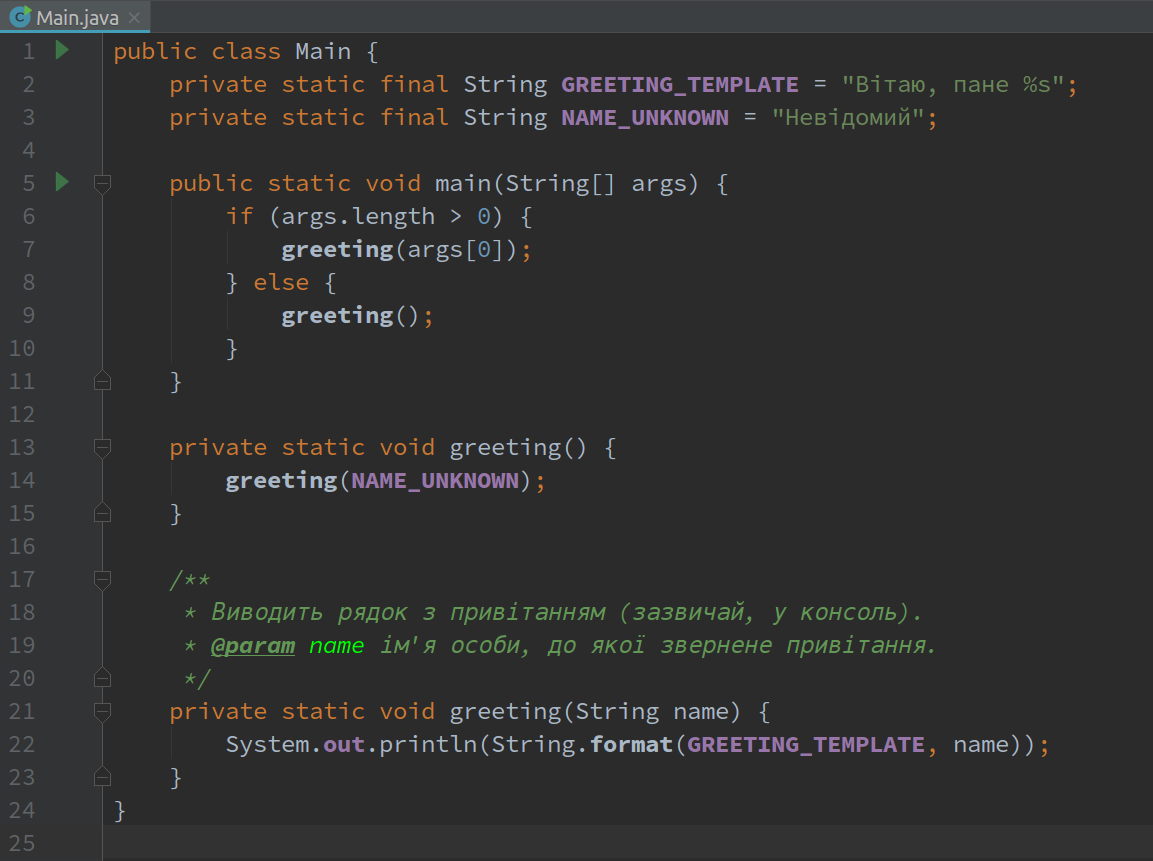6 min to read
Unleashing the Power of Infrastructure as Code (IaC)
with Terraform

In the rapidly evolving landscape of software development, Infrastructure as Code (IaC) has emerged as a pivotal paradigm. It revolutionizes the way we manage and provision infrastructure, and at the forefront of this revolution stands Terraform. In this post, we will embark on a practical journey to demystify IaC, understand Terraform’s role, and explore essential Terraform concepts, culminating in a hands-on example of provisioning an S3 bucket using this powerful tool.
What is Infrastructure as Code (IaC)?
Infrastructure as Code (IaC) is a methodology that treats infrastructure provisioning and management as software development. Instead of manually configuring servers, networks, and other resources, IaC allows you to define infrastructure components in code. This code is version-controlled, tested, and deployed like any other software. The benefits are numerous: consistency, repeatability, scalability, and improved collaboration among development and operations teams.
Understanding Terraform Concepts
Terraform operates on several fundamental concepts that are essential to grasp as you start working with this Infrastructure as Code (IaC) tool. Let’s break them down with brief explanations:
-
Providers:- What Are They?: Providers are responsible for bridging the gap between Terraform and various infrastructure platforms, such as cloud providers (AWS, Azure, GCP), on-premises environments, or third-party services.
- How They Work: Each provider has a set of configuration settings to authenticate and interact with a specific platform. Terraform uses these settings to establish connections and manage resources on the chosen platform.
-
Resources:- What Are They?: Resources are individual infrastructure components that you want to create, manage, or delete using Terraform. They can represent anything from virtual machines and databases to networking elements and security groups.
- How They Work: Resources are defined within provider blocks in your Terraform configuration. You specify the resource type, a unique name, and configuration settings to define the desired state of the resource.
-
Variables:- What Are They?: Variables allow you to parameterize your Terraform configurations. They provide a way to input values that might change depending on the environment or use case.
- How They Work: You define variables in your configuration, and they can be used throughout your Terraform code. Variables can be assigned default values or provided by external input files.
-
Data Sources:- What Are They?: Data sources allow you to retrieve information from external sources and use it in your Terraform configurations. This could include data from AWS EC2 instances, DNS records, or even remote databases.
- How They Work: You declare a data source in your configuration, specify its type and configuration settings, and then reference the data source’s attributes in other parts of your code.
-
Outputs:- What Are They?: Outputs allow you to expose specific values or attributes of resources or data sources for easy access after provisioning infrastructure. They are useful for sharing information with other parts of your system.
- How They Work: You define output blocks in your Terraform configuration, specifying what values you want to expose. After applying the configuration, you can retrieve these values using terraform output.
-
State:- What Is It?: Terraform maintains a state file that records the current state of your managed infrastructure. This state file is crucial for tracking changes, enabling Terraform to understand what changes are necessary to achieve the desired state.
- How It Works: Terraform creates and manages the state file, which includes resource mappings and dependencies. It’s stored locally by default but can be managed remotely for team collaboration.
-
Modules:- What Are They?: Modules enable you to encapsulate and reuse parts of your Terraform configurations. They are like building blocks that help you structure and modularize your infrastructure code.
- How They Work: You create modules by defining a set of resources, variables, and outputs within a directory. You can then reuse these modules across different projects, promoting code reuse and maintainability.
These core Terraform concepts form the foundation of your Infrastructure as Code journey. Understanding how to use and manipulate them effectively will enable you to manage infrastructure efficiently and consistently, regardless of its complexity or scale.
Example: Provisioning an S3 Bucket with Terraform
Now, let’s get our hands dirty by provisioning an S3 bucket using Terraform. First, ensure you have Terraform installed on your machine.
Create a Terraform configuration file, e.g., main.tf, and add the following code:
# Specify the AWS provider
provider "aws" {
region = "us-east-1" # Choose your desired region
}
# Define an S3 bucket resource
resource "aws_s3_bucket" "example_bucket" {
bucket = "my-unique-bucket-name"
acl = "private" # You can adjust access control here
}
This Terraform configuration specifies an AWS provider and creates an S3 bucket resource with a unique name. Replace “my-unique-bucket-name” with your preferred bucket name.
To apply this configuration, navigate to the directory containing main.tf and run the following commands:
terraform init # Initialize the Terraform working directory
terraform apply # Create the S3 bucket
Terraform will prompt you to confirm the resource creation. Type “yes” and press Enter. Terraform will provision the S3 bucket according to your configuration.
Congratulations! You’ve just provisioned an S3 bucket using Terraform. You can now manage your infrastructure as code, track changes, and apply updates with ease.
In this post, we’ve only scratched the surface of Terraform’s capabilities. Explore its extensive documentation and dive deeper into its features to harness the full potential of Infrastructure as Code with Terraform.
Further Reading
To deepen your understanding of Terraform and explore its capabilities in more detail, here are some valuable resources from official documentation and provider-specific documentation:
- Terraform Official Documentation (HashiCorp) The official Terraform documentation is an excellent starting point for learning the tool, understanding its features, and accessing in-depth guides and reference materials.
- AWS Provider Documentation: If you plan to use Terraform with AWS, the official AWS Provider documentation provides comprehensive information on configuring and managing AWS resources using Terraform.
- Azure Provider Documentation: For Azure users, the official Azure Provider documentation offers detailed guidance on working with Azure resources through Terraform.
- Google Cloud Provider Documentation: If Google Cloud is your chosen platform, the official Google Cloud Provider documentation provides valuable insights into Terraform’s integration with Google Cloud resources.
These resources serve as essential references as you explore Terraform and its integration with various cloud providers. Whether you’re just getting started or looking to dive deeper into specific topics, these official documents will be invaluable in your Terraform journey.



